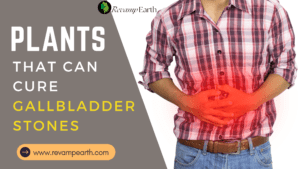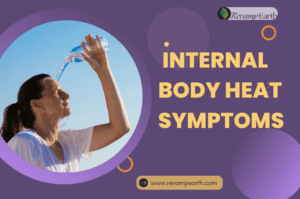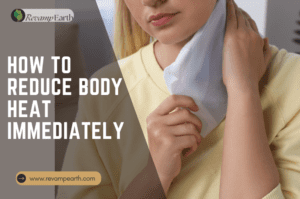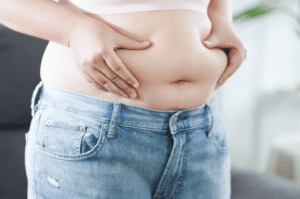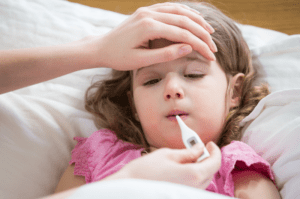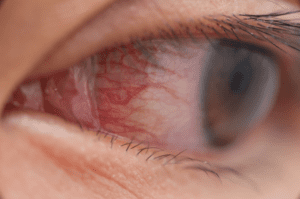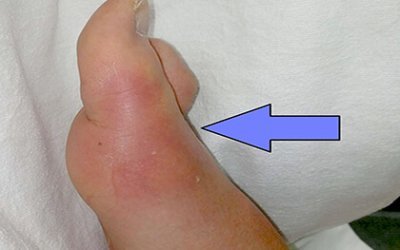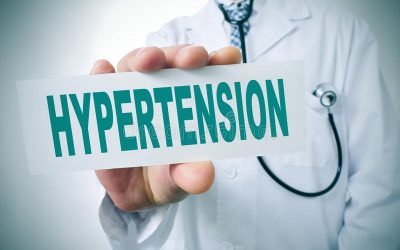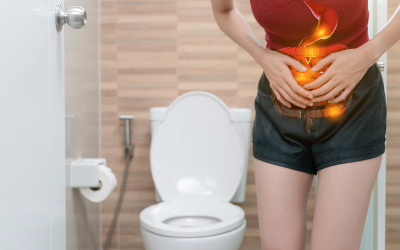Symptoms of Sunstroke: Cure with Proven Remedies
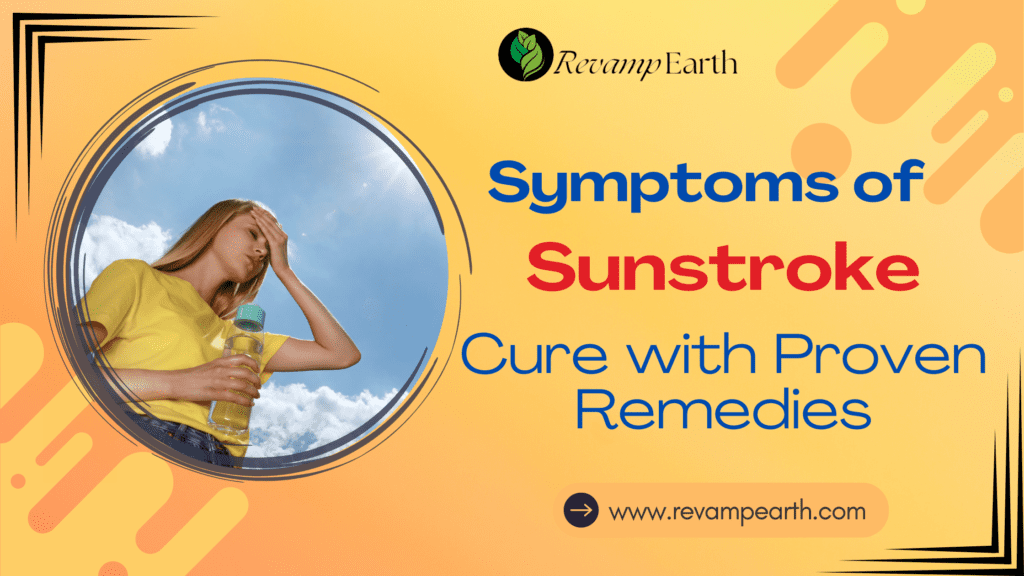
Sunstroke, also referred to as heat stroke, is a severe medical condition that arises from prolonged exposure to high temperatures or strenuous physical activity in hot weather. This phenomenon is particularly prevalent in regions such as India, where temperatures can soar above 45°C during the summer months. Recognizing the symptoms of sunstroke early and understanding preventive measures are crucial for mitigating its adverse effects.
Symptoms of Sunstroke
Identifying the symptoms of sunstroke is vital for prompt intervention and treatment. Key symptoms include:
- High body temperature: A core body temperature of 104°F (40°C) or higher.
- Altered mental state or behavior: Confusion, agitation, slurred speech, irritability, delirium, seizures, and coma.
- Nausea and vomiting: Feeling sick or experiencing vomiting.
- Flushed skin: The skin may turn red as the body temperature increases.
- Rapid breathing: Breathing may become quick and shallow.
- Racing heart rate: The heartbeat may become rapid and strong.
Differentiating Heat Exhaustion and Heat Stroke
It’s crucial to distinguish between heat exhaustion and heat stroke, as they represent varying degrees of heat-related illness:
| Condition | Symptoms |
|---|---|
| Heat Exhaustion | Heavy sweating, weakness, cold, pale and clammy skin, fast, weak pulse, nausea, vomiting, fainting, dizziness. |
| Heat Stroke | High body temperature, absence of sweating, dry skin, rapid strong pulse, throbbing headache, dizziness, unconsciousness. |
Recognizing these differences aids in providing appropriate treatment promptly.
Prevention of Sunstroke
Preventing sunstroke is crucial, especially in hot climates like India. Effective preventive measures include:
- Stay Hydrated: Ensure regular intake of water, even if not feeling thirsty.
- Wear Loose Clothing: Opt for light-colored, loose-fitting garments to facilitate cooling.
- Avoid Peak Sun Hours: Minimize outdoor activities during the hottest parts of the day.
- Use Fans and Air Conditioners: Maintain a cool indoor environment using fans and air conditioning.
- Take Cool Showers: Regular cool showers or baths can help lower body temperature.
- Avoid Alcohol and Caffeine: These substances can contribute to dehydration.
- Eat Light Meals: Consume light, easily digestible meals to prevent excess heat generation.
Natural Remedies for Sunstroke
Drawing from India’s rich tradition of Ayurveda and natural remedies, various options exist for managing sunstroke symptoms using herbs and natural products. Some of these remedies include:
- Durva Grass (Cynodon dactylon): Dry the grass and grind into fine powder. Bottle it and use it.
Dose: boil 1/2 tsp powder in water. Add milk with little sugar and take as a substitute of tea or coffee, twice daily. - Aloe vera: Apply fresh juice on the affected areas.
- Aam Panna: A drink made from raw mangoes helps in rehydrating and replenishing lost minerals.
- Coconut Water: Rich in electrolytes, coconut water helps hydrate the body effectively.
- Buttermilk: A source of probiotics, buttermilk aids in cooling the body.
- Mint: Incorporating mint into the diet can help lower body temperature.
- Coriander and Mint Juice: This combination offers a cooling effect when consumed.
Immediate Treatment for Sunstroke
Prompt action is crucial when encountering signs of heat stroke. Immediate treatment measures include:
- Move to a Cooler Environment: Transfer the individual to a shaded or air-conditioned area.
- Cool the Body: Apply cool water, wet towels, or ice packs to specific areas like the neck, armpits, and groin to lower body temperature.
- Hydrate: Offer water or rehydration solutions if the individual is conscious.
- Seek Medical Help: Call for emergency medical assistance if the person shows severe symptoms like unconsciousness or seizures.
Recent Data on Heat Waves in India
Recent reports have indicated that India is experiencing more intense and frequent heat waves. In May 2024, several places across the country, including Rajasthan and Delhi, recorded temperatures as high as 49-50°C. This alarming trend has led to a significant increase in heat-related illnesses and deaths, underscoring the urgent need for awareness and preventive measures.
Sources:
Conclusion
Heat stroke is a serious condition that can be prevented with proper precautions and awareness. By understanding the symptoms of sunstroke, differentiating it from heat exhaustion, and employing natural remedies and immediate treatment methods, we can protect ourselves and our loved ones from the harmful effects of extreme heat.
Disclaimer
This article is for informational purposes only and should not be considered medical advice. Always consult with a healthcare professional for medical concerns. By following these guidelines and staying informed, you can effectively manage and prevent heat-related illnesses during the scorching Indian summer.
References
- H.K.Bakhru (1992) Herbs That Heal: Natural Remedies for Good Health. Orient Paperbacks. Delhi, India.
- T.V.Sairam (1999) Home Remedies Vol-II: A Handbook of Herbal Cures for Common Ailments. Penguin Books India.
Share:
More Posts
Send Us A Message
FAQs
-
What are the symptoms of sunstroke?
Symptoms of sunstroke include high body temperature, altered mental state or behavior, nausea and vomiting, flushed skin, rapid breathing, and racing heart rate.
-
What is the first aid for heat stroke?
- Move the person to a cooler area immediately.
- Apply cool water to their skin and fan them to aid evaporation.
- Place ice packs on their neck, armpits, and groin.
- Offer them cool water to drink if conscious.
- Seek emergency medical assistance without delay.
-
What are some natural remedies for sunstroke?
Natural remedies for sunstroke include consuming drinks like Aam Panna and coconut water, drinking buttermilk, and consuming mint or coriander and mint juice.
-
Can sunstroke be treated at home?
Mild cases of sunstroke may be treated at home with rest, hydration, and cooling measures. However, severe cases require immediate medical attention in a hospital setting.
Dos
- Stay hydrated by drinking plenty of water, especially in hot climates like India.
- Wear loose, light-colored clothing to facilitate cooling.
- Minimize outdoor activities during peak sun hours, typically between 10 a.m. and 4 p.m.
- Use fans and air conditioners to maintain a cool indoor environment.
- Seek immediate medical help if someone shows signs of heat stroke, such as high body temperature and altered mental state.
Don’ts
- Avoid excessive consumption of alcohol and caffeine, as they can lead to dehydration.
- Do not engage in strenuous physical activities during extreme heat conditions.
- Avoid heavy meals that can increase body heat and metabolic activity.
- Don’t ignore symptoms of heat exhaustion, such as heavy sweating and weakness.
- Do not hesitate to move to a cooler place or seek medical assistance if experiencing symptoms of heat stroke.

